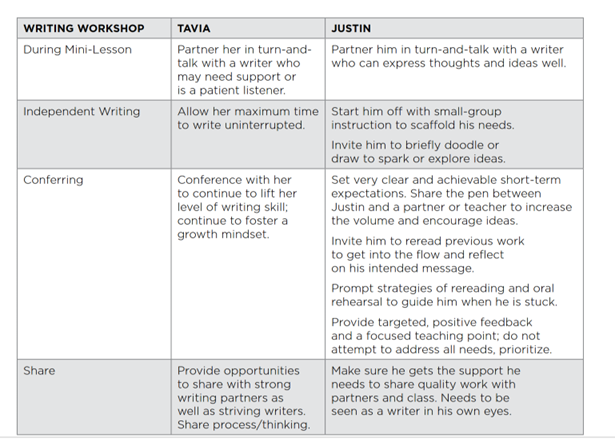Literacy Strategies 9 &10: Close Reading and Close Writing
“When your teachers or professors ask you to analyze a literary text, they often look for something frequently called close reading. Close reading is deep analysis of how a literary text works; it is both a reading process and something you include in a literary analysis paper, though in a refined form” (The Writing Center, n.d.).
A close reading essay is a piece of writing that focuses on one primary source. A close reading essay does not focus solely on the author’s purpose, but rather provides readers with an interpretation and analysis of the work and how it relates to other works in the field.
What is the point of close reading? Close readings are a structured way of analyzing literature. They are most useful for short passages, such as a single paragraph from a novel or short story, or a shorter poem. A few stanzas from a poem can also be used within this analyzing format.
What does close reading achieve? Close readings help students find the meaning of a specific passage. They will be able to break down a passage into its individual parts and then use what they learn to create a longer essay.
Why do close reading? Close readings help students and literary lovers alike get to the heart of a passage. If you’re reading a particularly challenging novel, poem, essay, or story employing the techniques associated with close readings can help make sense of it.
What are the five steps of close reading?
1. Gain an understanding of close reading.
2. Select appropriate texts to use with students.
3. Read the selected text multiple times to annotate and extract relevant information.
4. Develop text-dependent questions to stimulate student thinking and discussion of the text.
5. Use evidence gathered from the close reading process to inform instructional next steps.
A sixth step connected with close writing would be:
6. Develop a thesis and create a thesis-based outline.
Questioning Strategies for Close Reading
Questions about key ideas and details: What did the text say? What was special about Tom?
Questions about craft and structure: How did the text work? What does the author mean when he writes that Tom “had never seen a kitchen nor climbed a back yard fence”?
Questions about integration of knowledge and meaning: What did the text mean? The author used the word “hero” in two different ways. Which meaning is the right one? (Shanahan, 2023).
Close writing is a term that refers to a careful and detailed analysis of a short text, such as a passage from a novel, a poem, a short story, or an image. It involves looking at both the content and the form of the text, and examining how the author uses language, imagery, figurative devices, motifs, and other literary elements to convey meaning. Close writing can help readers to interpret the text beyond its literal level, and to explore the underlying themes, messages, or impressions that the text creates. Close writing is often used as a method of literary analysis, and as a way of producing new knowledge or insights from the text. This is an example of differentiation in a writing lesson:

The author states that:

Bourque, P. (2015). Chapter 1: Learning to Look, p. 7
References
Bourque, P. (2015). Close writing: Developing purposeful writers in grades 2-6. Routledge.
Shanahan, T. (2015). Examples of close reading questions. Reading Rockets. WETA. https://www.readingrockets.org/blogs/shanahan-on-literacy/examples-close-reading-questions
The Writing Center. (n.d.). A short guide to close reading for literary analysis. University of Wisconsin Madison. https://writing.wisc.edu/handbook/assignments/closereading/#:~:text=When%20your%20teachers%20or%20professors%20ask%20you%20to,literary%20analysis%20paper%2C%20though%20in%20a%20refined%20form.
